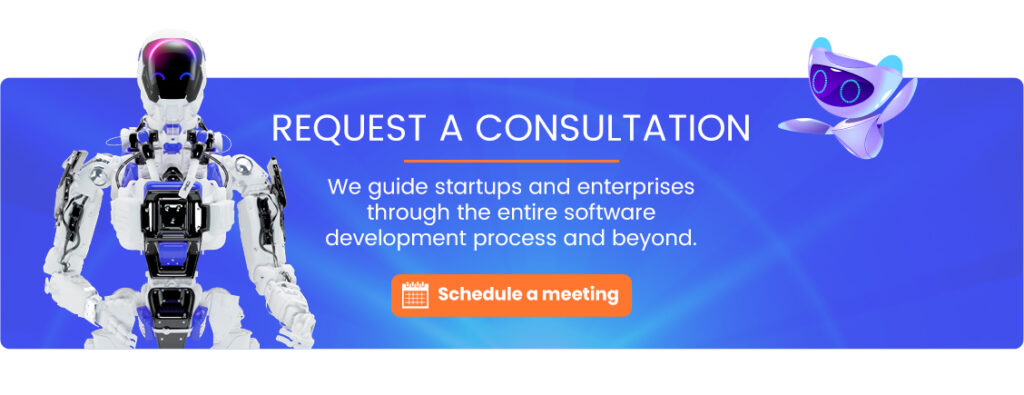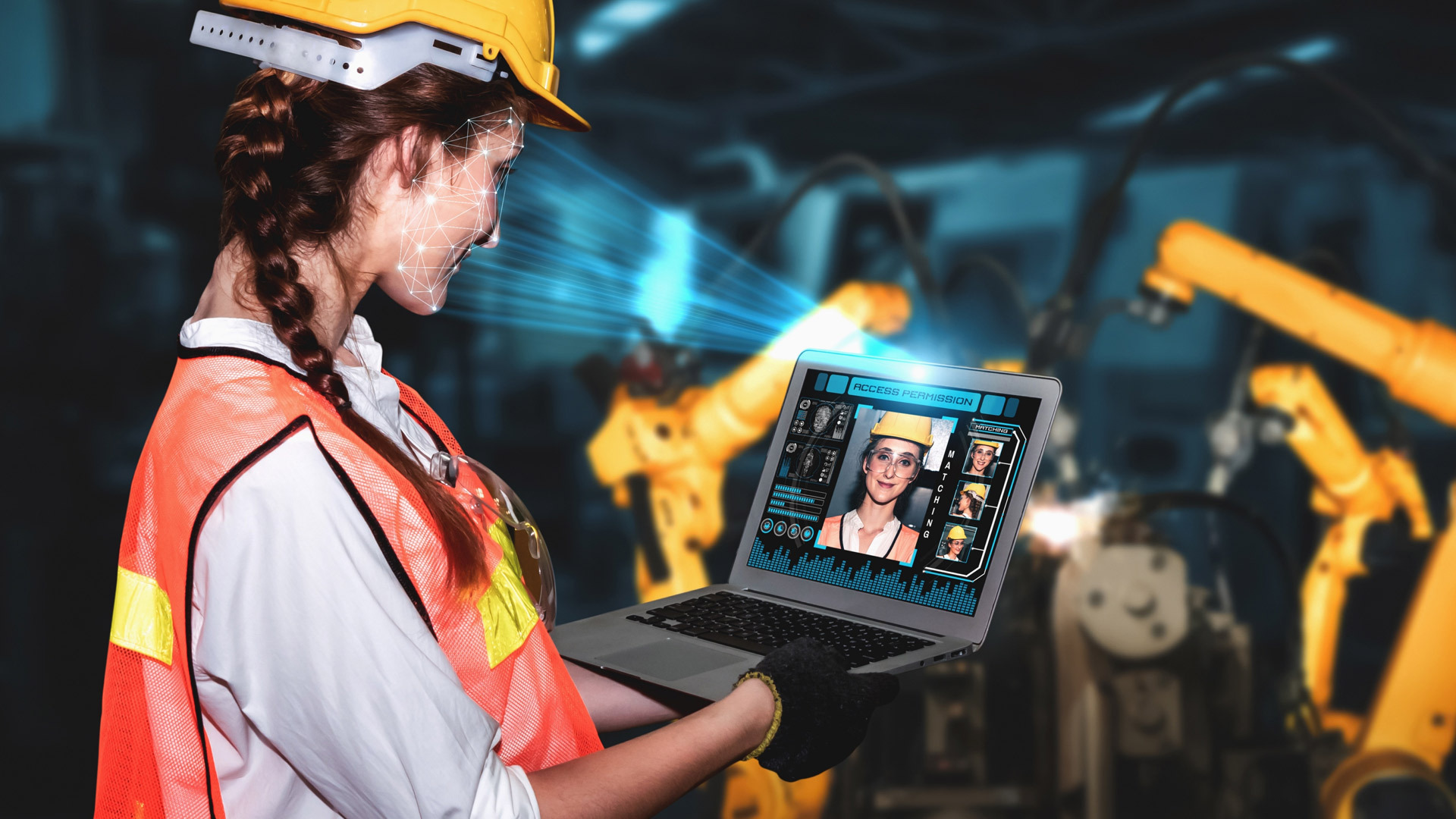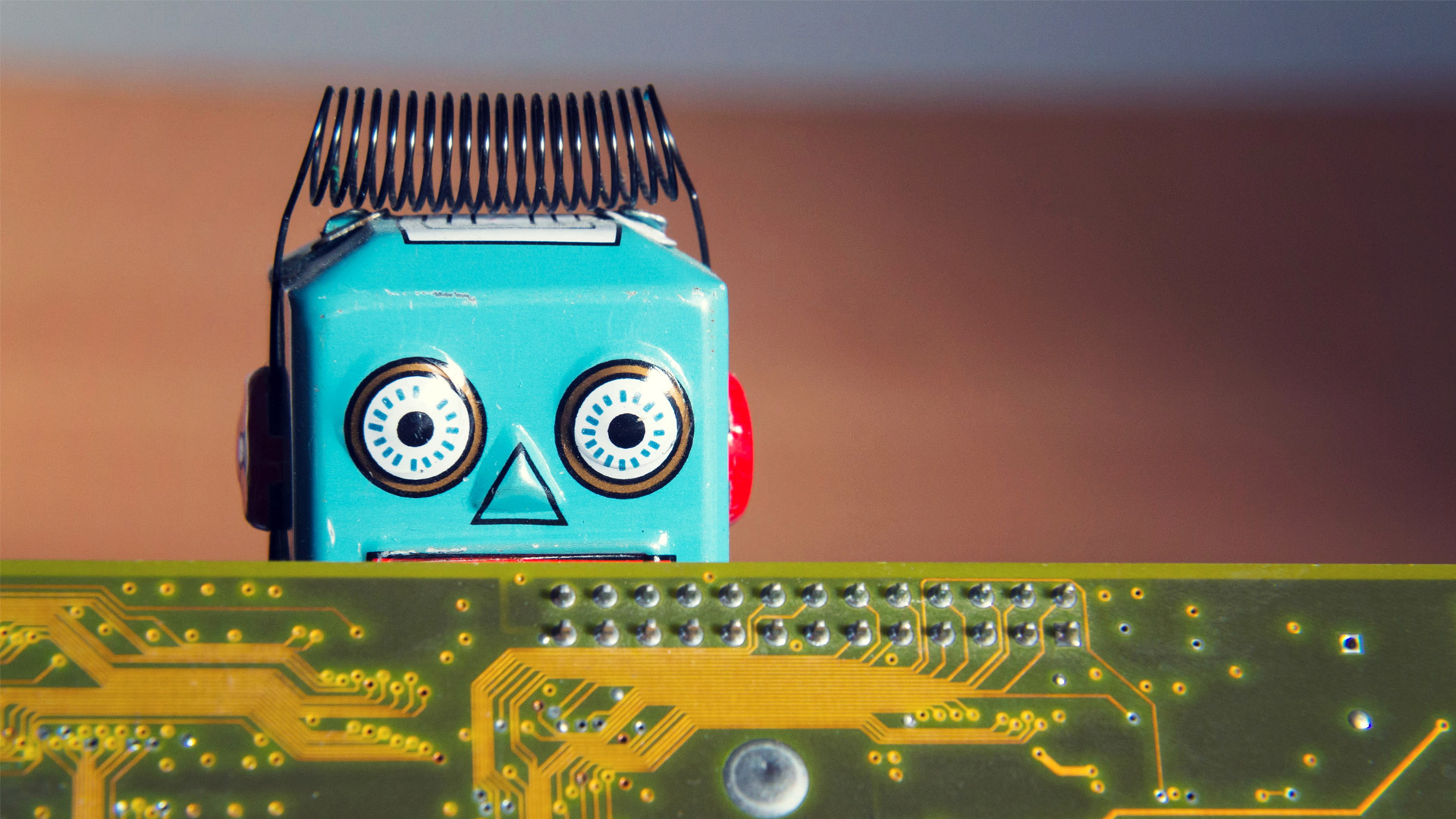The manufacturing industry is undergoing a revolution with the introduction of computer vision and artificial intelligence. By leveraging the power of these technologies, we can streamline our processes and improve efficiency.
Computer vision is a key part of revolutionizing manufacturing. This technology has changed the entire dynamic of the industry, as it allows for more efficient and cost-effective production, with greater accuracy and precision than ever before.
We are now leveraging computer vision to improve our manufacturing processes and stay ahead of the competition while providing quality products to our customers.
What Is Actually A Computer Vision In Manufacturing?

Computer vision in manufacturing is a technology that utilizes visual data to gain insights and trends. The use of computer vision in the manufacturing industry allows for automated inspection and quality control, which can save companies time, money, as well as resources.
Computer vision gives manufacturers a superhuman edge by allowing machines to identify product differences and production discrepancies with lightning-fast accuracy.
Using powerful algorithms, computer vision can quickly assess what might take humans hours or even days.
Here Are The Important Key Components Of A Computer Vision System In a Production Environment
- Automated Inspection and Quality Control
- Image Processing Technology
- Machine Learning and Artificial Intelligence Algorithms
- Computer Vision-Enabled Sensors
- Automation Software
- Robotic Process Automation (RPA) Platforms
- 3D Modeling/Object Detection Systems
- Pattern Recognition Capabilities
- Advanced Analytics Platforms
- Real-Time Monitoring Solutions
How Computer Vision Is Changing Manufacturing?

The computer vision technology revolution has drastically impacted the manufacturing sector. By equipping computer systems with cameras and sensors, machines are capable of perceiving objects which helps to automate a wide range of manual and tedious tasks that require high accuracy and precision.
Automation within this industry has reduced labor costs and improved production times dramatically over the past few years.
This level of automation helps improve the accuracy of product assembly as well as detects any number of faults or inconsistencies before it reaches the end customer, providing a better quality control system than ever before.
- Computer vision is revolutionizing manufacturing by providing automated inspection and quality control, allowing for faster surface inspection and improved assembly accuracy.
- Computer Vision enabled sensors to provide precise guidance to robots during product assembly inspections resulting in increased production speed and reduced labor costs over time.
- Quality control processes have been drastically improved due to machine learning algorithms and artificial intelligence capabilities within computer vision systems in manufacturing operations.
Computer vision in manufacturing offers several use cases that can help to revolutionize the industry.
Here are the top use cases for computer vision in manufacturing.
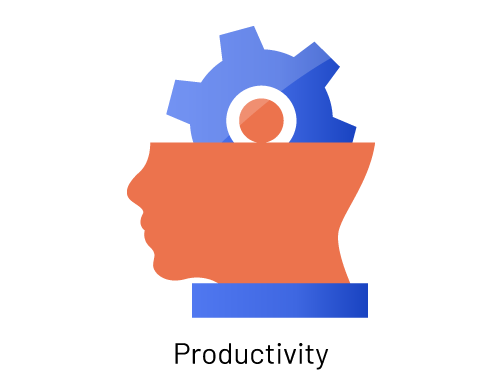
Computer vision is being used to improve labor productivity by automating tedious and time-consuming tasks on the factory floor. This automation can dramatically reduce the amount of time required for manual inspection and quality control.

Computer vision can be used to automatically detect defects in manufactured products. The system uses algorithms to identify any discrepancies or flaws in the product, leading to improved quality control and reduced waste.

Computer vision is being used to automate picking and placement tasks in manufacturing operations, which can reduce labor costs while increasing accuracy.
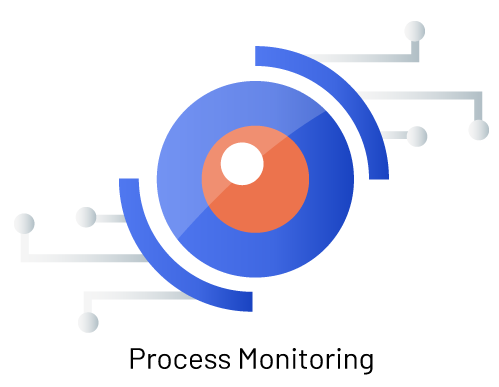
Computer vision systems are being used to monitor production processes in real time so that any discrepancies can be quickly identified and addressed.
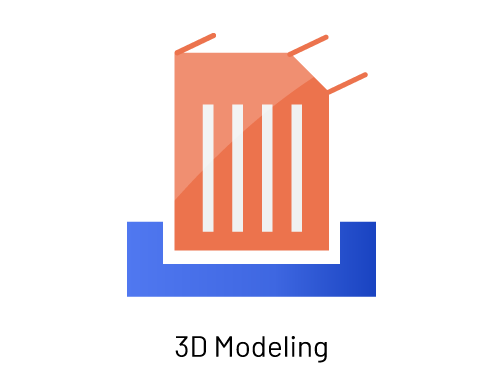
With the help of computer vision, manufacturers can create accurate 3D models of objects which can be used for product design, simulation, and prototyping.
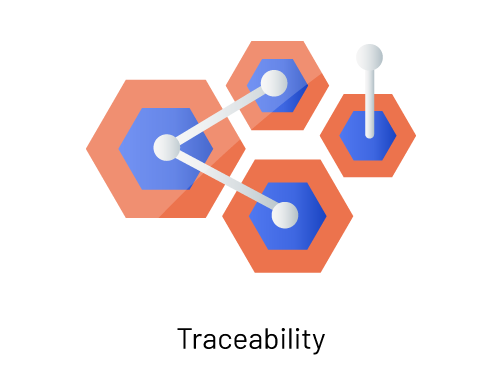
Computer vision systems can provide detailed traceability information on products throughout the entire production process, making it easier to track defective products and ensure product quality.
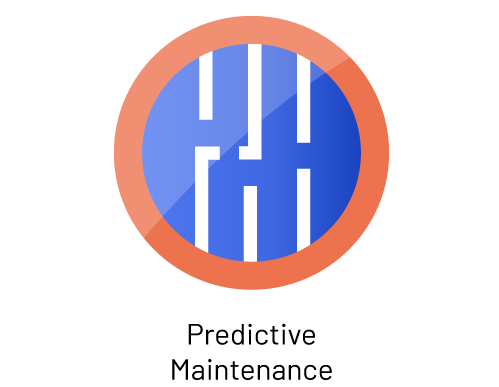
Computer vision systems are being used to monitor production machinery to anticipate and prevent potential breakdowns before they occur.
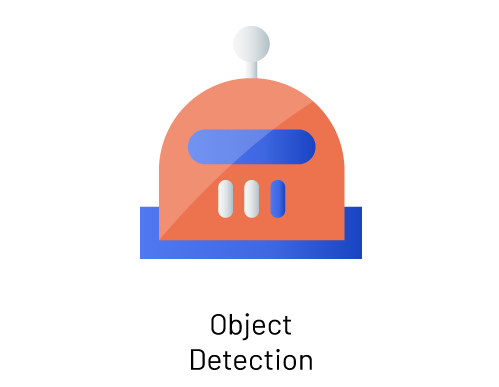
Using powerful computer vision algorithms, objects in production lines can be detected and identified accurately and quickly. This can help reduce the need for manual labor and allow machines to be more efficient in their tasks.

Computer vision is being used to optimize warehouse logistics by automating the sorting and tracking of products throughout the entire supply chain.
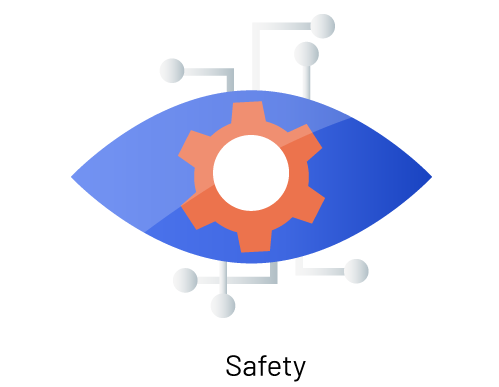
Computer vision can be used to detect hazardous conditions on the factory floor to ensure that workers are in a safe environment at all times. This can help prevent accidents and ensure that the production process is running smoothly.
By utilizing computer vision technology, manufacturers can increase the accuracy of their workflows and reduce costs with greater efficiency. AI advancements have enabled machines to see visual data like never before. The implementation of computer hardware and automated workflows has been a game changer for modern manufacturing facilities, unlocking unimaginable potential across manufacturing companies.
Advantages Of Computer Vision In Manufacturing

- Computer vision systems can automate tedious tasks and fast production cycles with fewer errors
- Automation of picking and placement tasks through computer vision technology can reduce labor costs and increase accuracy
- Systems powered by computer vision are used to monitor machinery performance on the factory floor, helping anticipate breakdowns in equipment before they occur.
- By using computer vision, manufacturers can quickly and accurately recognize images from a production line and optimize assembly lines
- With advanced analytics platforms powered by computer vision, we can quickly identify areas of improvement and optimize the production process accordingly.
Applications Of Computer Vision In Industry
Computer vision can be used for object detection and recognition in the manufacturing, automotive, healthcare, and retail sectors. It’s used to track the movement of products on a factory floor, identify defects in manufactured items, automate picking and placement tasks, as well as improve logistics processes.

Discover more applications of computer vision in manufacturing.
Product Sorting And Inspection
Computer vision systems can be used to automatically sort and inspect products on production lines with greater accuracy than manual labor, reducing the amount of human error in the process.
Driving Robots And Autonomous Vehicles
Computer vision technology is being used to power autonomous vehicles by detecting objects such as other cars, pedestrians, stop signs, traffic lights, etc.
Defect Detection
By using computer vision algorithms to analyze images of manufactured items, defects can be identified quickly and accurately which helps reduce waste while improving product quality control standards.
Inventory Management
Computer vision systems can be used to track items in a warehouse setting and automate inventory management tasks such as counting, sorting, tracking, etc.
Facial Recognition
Computer vision can be used to identify individual faces, helping automate security protocols and enabling access control systems. It can also be used for automated customer service applications such as facial recognition payments.
Augmented Reality
Computer vision technologies enable the creation of interactive and immersive experiences with virtual worlds by recognizing objects, gestures, and other real-world data.
Action Recognition
Computer vision can be used to detect and recognize human movement, helping to optimize things like security camera footage or automatic door openings.
Object Tracking
Computer vision can be used to track objects in a video feed, enabling applications such as automatic license plate recognition or automated drone tracking.
Image and Video Analysis
Computer vision algorithms can be used to analyze images and videos, enabling a wide range of applications from facial recognition to medical image analysis.
Machine Maintenance Issue Detection
Computer vision can be used to detect machinery errors and potential maintenance issues on the factory floor, helping reduce downtime and improve safety.
The limitations Of Computer Vision In Manufacturing
Despite these immense advantages, computer vision also has some limitations that manufacturers should be aware of before investing in this technology.

Computer vision technology consists of a setup that a business or manufacturer must invest in. This setup can be costly and may be out of financial reach for entities with tighter budgets. Though the price creates an obstacle to adoption, it can be beneficial to consider the potential short and long-term benefits that computer vision’s advanced decision power could offer to the company.

Finding the right personnel to thoroughly and effectively implement and maintain a computer vision system isn’t always easy. Not only must they possess technical competencies in the necessary components, but they also need to have a foundational knowledge base to assist in their execution of duties.
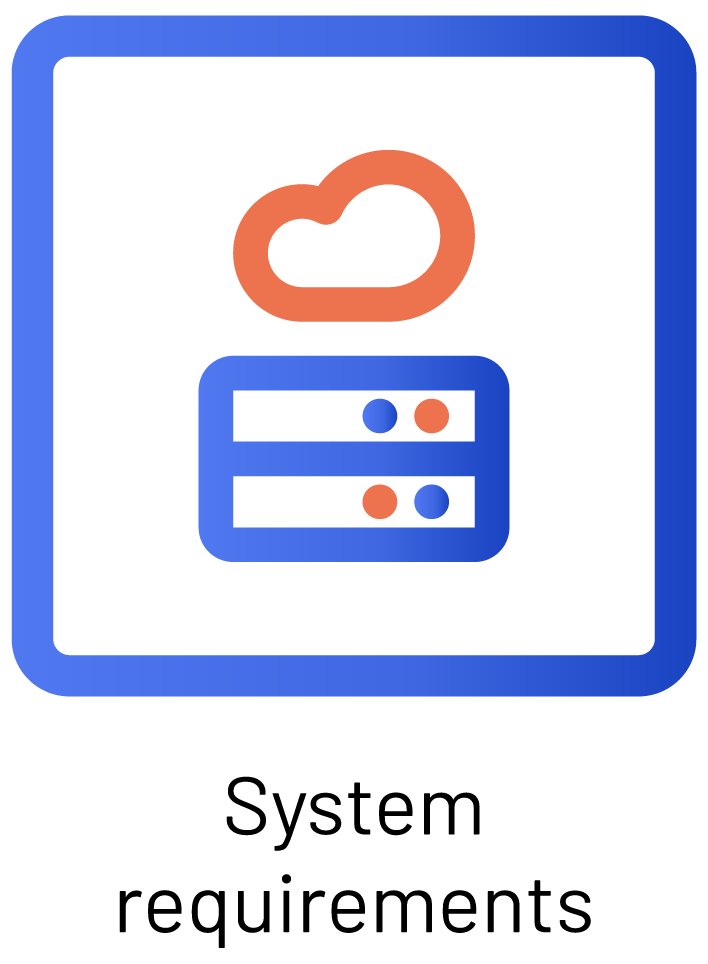
When it comes to computer vision, a powerful hardware setup, and specialized software are essential components. This type of technology is potentially unavailable in certain production settings and as such presents a major challenge.
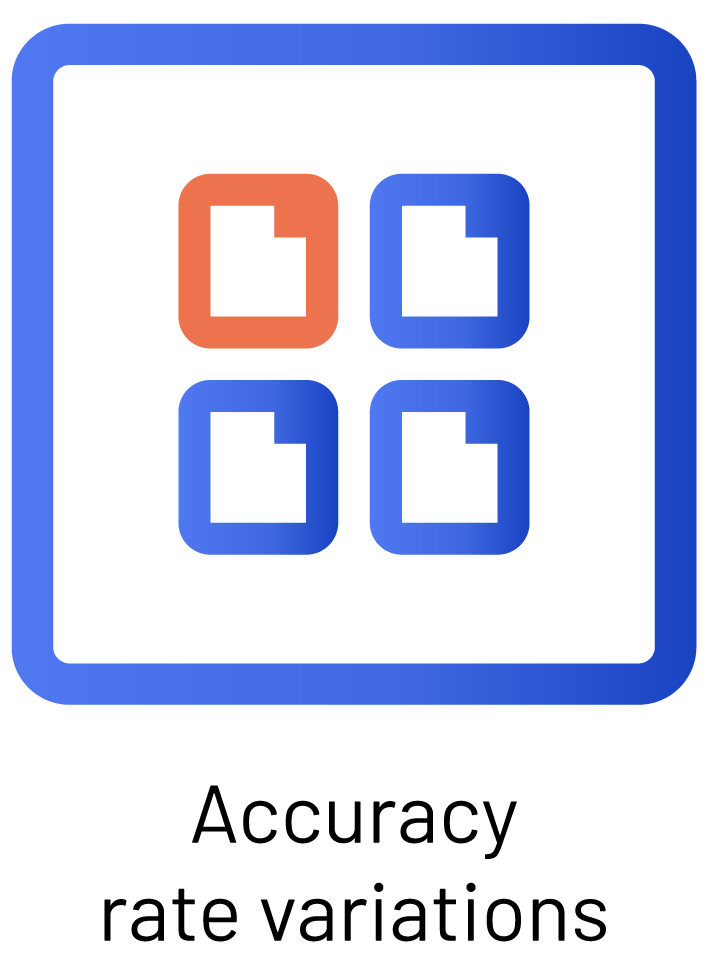
We rely on algorithmic techniques such as machine learning to assist in accurate predictions, but this is limited due to the natural variance of image quality across different sets of photographs or lighting conditions. As a result, accuracy can fluctuate between items and scenarios.

As industrial processes become more digitally networked and automated, it presents a growing vulnerability to security threats. Hackers or other malicious actors could sneak into corporate or enterprise networks and meddle with the machinery of production.
How To Overcome The Challenges Of Computer Vision In Manufacturing?
The implementation of computer vision in manufacturing can bring great benefits, but it also comes with its own set of challenges. The cost of implementation, lack of skilled personnel, system requirements, and accuracy rate variations all present obstacles to the adoption of this technology. However, these challenges can be overcome by taking certain steps to ensure successful integration and use of computer vision technology.

Machine vision systems rely on quality data to deliver the desired results. Therefore, it is essential to ensure that your data capture and labelling processes are accurate and up-to-date. This means a robust process for gathering information needs to be in place. It must be updated with new findings frequently to stay ahead of technology changes.

If you want the best results, you’ll need to invest in excellent hardware. Only with the right devices can you capture amazing pictures and videos so machine vision systems can provide true accuracy. Quality is a must when it comes to imaging systems– resolutions must be high for optimal performance. From graspers to sensors and cameras, investing in top-notch hardware sets the groundwork for reliable machine vision operations every single time.

If a business wants to make use of computer vision, it’s essential to find and employ skilful personnel. These personnel must possess the technical abilities and basic understanding suitable for successful implementation. It’s practically Paramount to make sure you can get staff individuals with realistic know-how and explanatory skills necessary in progressing computer sight.

It is important to test your system extensively to identify potential issues before they arise. This will also help identify any accuracy rate variations and make sure your system is functioning optimally.

It’s important to remember that computer vision systems are not immune to security threats posed by malicious actors, so it is essential to implement safeguards such as firewalls and encryption protocols.
By taking these steps, you can ensure that your computer vision system is well-equipped to meet the challenges of modern manufacturing and provide maximum benefit for your business.
Conclusion
Computer vision has the potential to revolutionize modern manufacturing by providing accurate insights and predictions. However, many challenges must be overcome for it to reach its full potential. From investing in quality hardware to hiring talented personnel with a foundational knowledge base of computer vision technology, businesses need to take certain steps if they want successful integration and use of this system. With proper implementation, companies can enjoy all the benefits that come with leveraging computer vision such as improved accuracy rates and enhanced security measures. Ultimately, these efforts will help create a more efficient production process while also protecting their systems from malicious actors or hackers.
